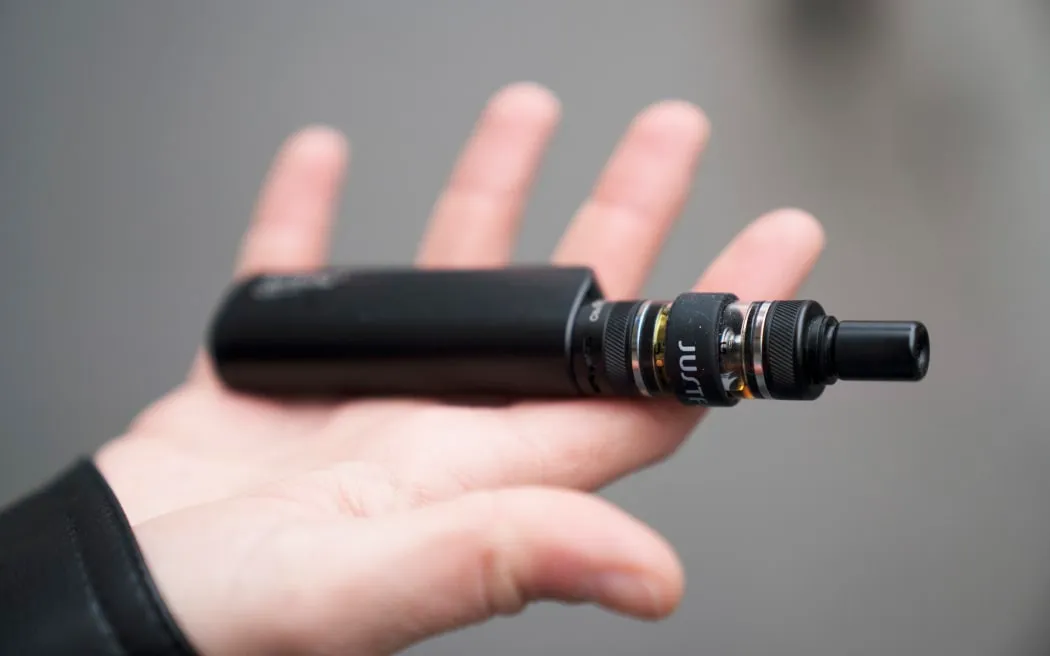New Zealand’s E-Cigarette Crisis: A Growing Concern for Young People
The use of e-cigarettes among young people in New Zealand has reached alarming levels, with the number of vapers increasing by more than 200% since 2020. This trend is concerning, as it highlights the growing appeal of e-cigarettes to youth and the potential risks associated with their use.
**The Rise of E-Cigarettes Among Young People**
E-cigarettes have become increasingly popular among young people in New Zealand, with many retailers reporting an increase in sales to this demographic. The rise of e-cigarettes can be attributed to various factors, including social media influence, celebrity endorsements, and the perceived safety and convenience of these products.
**Vape Industry’s Influence on Young People**
The vape industry has been criticized for its marketing strategies, which often target young people. Social media platforms have become a hub for e-cigarette companies to reach their audience, with many influencers promoting vaping products as a safe alternative to smoking. This has led to concerns that the industry is exploiting young people’s vulnerability and lack of knowledge about the risks associated with e-cigarettes.
**Vape Shops and Retailers**
Retailers have been accused of inadvertently contributing to the rise of e-cigarette use among young people. Some vape shops have been known to sell e-liquids flavored like bubblegum, cotton candy, and other sweet flavors that appeal to minors. Moreover, some retailers have been found to be selling vaping products in convenience stores, newsagents, or pharmacies, making it easier for young people to access these products.
**Gaps in Regulation**
There are gaps in New Zealand’s regulatory framework when it comes to e-cigarettes. The Ministry of Health has stated that there is a need for clearer guidelines on the sale and marketing of e-cigarettes to prevent underage use. However, the industry’s self-regulatory approach has been criticized as inadequate.
**Young People’s Experiences**
Rangatahi (Māori for young people) have spoken out about their experiences with vaping, highlighting the ease with which they can access these products. Many reported that older siblings or friends introduced them to vaping, and some even mentioned knowing where to go to buy e-cigarettes without being detected.
**The Need for Community Engagement**
According to Graham, there is a need for community engagement and listening to young people’s voices. “When we’re talking about policies that are going to impact our rangatahi, they need to be in the conversations.” She emphasized the importance of inviting young people into these spaces and allowing their experiences to be heard.
**Conclusion**
The rise of e-cigarette use among young people in New Zealand is a pressing concern that requires immediate attention. The vape industry’s influence on young people, gaps in regulation, and lack of community engagement have all contributed to this issue. It is essential that policymakers, retailers, and communities come together to address these concerns and provide support for young people who are struggling with e-cigarette use.
In the words of Dave Letele, “We need to listen to our rangatahi, right? Like being able to hear what they’re experiencing.” By listening to their voices and engaging in open dialogue, we can work towards a solution that prioritizes the health and well-being of New Zealand’s young people.

0 Comments